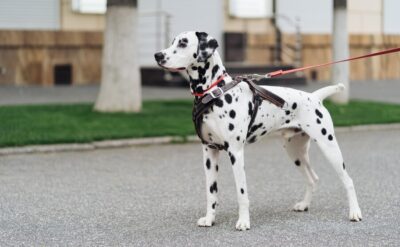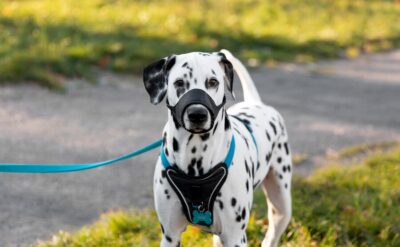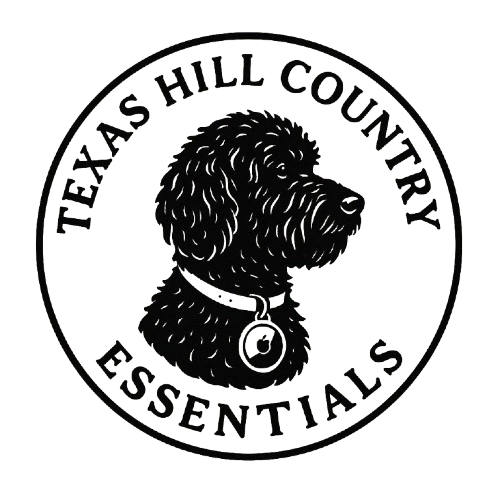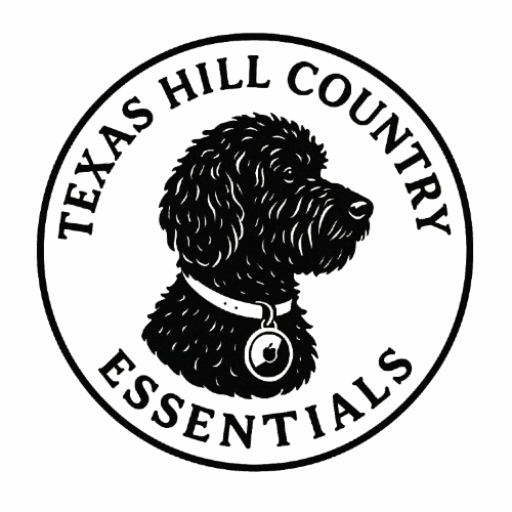Blog
Happy Dogs Start with the Perfect Collar: A Simple Guide
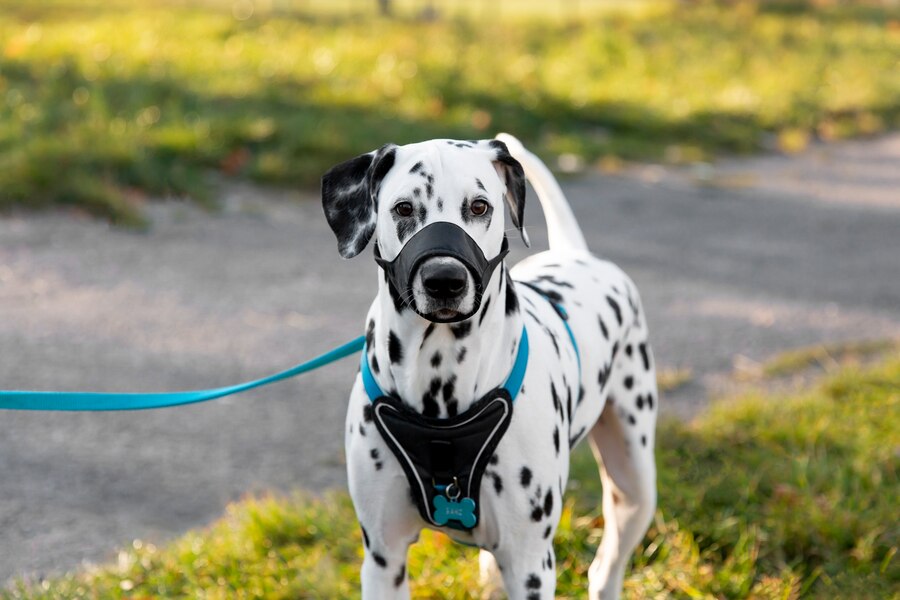
Your dog’s collar is more than just an accessory; it’s a vital piece of equipment for their safety, comfort, and identification. With so many options available, choosing the right one can feel overwhelming. But don’t worry! This guide will help you navigate the choices and find the perfect collar for your beloved companion.
Why the Right Collar Matters
A well-fitting, appropriate collar is crucial for:
- Safety: Securely holding ID tags and providing a point of control during walks.
- Comfort: Preventing chafing, discomfort, or restricted breathing.
- Training: Aiding in leash manners and communication.
- Identification: Carrying essential contact information if your dog gets lost.
Understanding Different Collar Types
While there are many variations, here are the most common types of collars:
1. Flat Buckle Collars (Adjustable or Fixed)
- Description: The most common and versatile type, featuring a buckle (metal or plastic) for closure.
- Best for: Everyday wear, carrying ID tags, casual walks, and well-behaved dogs.
- Pros: Comfortable, wide variety of styles and materials, easy to put on and take off.
- Considerations: Can slip off if not fitted correctly or if a dog pulls excessively.
2. Martingale Collars (Limited-Slip Collars)
- Description: Designed for dogs with narrow heads (like Greyhounds) or those who can slip out of traditional collars. It has a loop that tightens slightly when the dog pulls, preventing escape, but loosens when they stop.
- Best for: Sighthounds, dogs prone to backing out of collars, and training for moderate pullers.
- Pros: Prevents escape without choking, humane alternative to choke chains.
- Considerations: Should not be left on unsupervised as they can get snagged.
3. Head Halters (Halti, Gentle Leader)
- Description: Not technically a collar, but a training tool that fits over the dog’s nose and behind the ears. It allows you to steer the dog’s head, which naturally directs their body.
- Best for: Dogs who pull excessively, reactive dogs, and those needing more control during walks.
- Pros: Provides excellent control with minimal force, humane.
- Considerations: Requires proper introduction and training to prevent discomfort or resistance.
4. Harnesses
- Description: While not a collar, a harness fits around the dog’s chest and shoulders, distributing pressure across their body rather than their neck.
- Best for: Brachycephalic breeds (flat-faced dogs), dogs with neck injuries, small dogs, and strong pullers (especially front-clip harnesses).
- Pros: Reduces strain on the neck, offers better control for some dogs.
- Considerations: Some dogs may find them restrictive, can cause chafing if not fitted well.
Key Factors to Consider When Choosing
1. Your Dog’s Size and Breed
- Small Dogs: Lighter, narrower collars are usually best.
- Large/Strong Dogs: Wider, more durable collars with robust hardware are essential for safety and control.
- Breed-Specific Needs: Consider neck shape (e.g., Martingale for sighthounds) or breathing issues (e.g., harnesses for Pugs).
2. Your Dog’s Temperament and Training Level
- Well-behaved, non-pullers: A standard flat buckle collar is often sufficient.
- Pullers or escape artists: Consider a Martingale collar or a harness for better control and safety.
- Puppies: Start with a lightweight, adjustable flat collar.
3. Activity Level
- Active/Outdoorsy Dogs: Look for water-resistant, durable materials that can withstand dirt, mud, and frequent washing.
- Indoor/Less Active Dogs: Comfort and style might be higher priorities.
4. Material
- Nylon/Webbing: Durable, affordable, easy to clean, comes in many colors.
- Leather: Classic look, durable, softens over time, but requires more maintenance and can be more expensive.
- Neoprene/Padded: Offers extra comfort, often water-friendly.
5. Proper Fit is Paramount!
This is perhaps the most critical factor. A collar that’s too tight can choke or chafe, while one that’s too loose can slip off, putting your dog at risk.
The “Two-Finger Rule”: You should be able to comfortably slide two fingers between the collar and your dog’s neck. For very small dogs, one finger might be sufficient.
6. Safety Features
- Breakaway Buckles: For cats or dogs who play rough and might get snagged (though not recommended for leash attachment).
- Reflective Stitching: Increases visibility during low-light walks.
- Sturdy Hardware: Ensure the D-ring for leash attachment and the buckle are strong and secure.
How to Measure Your Dog for a Collar
- Use a soft measuring tape: If you don’t have one, use a piece of string and then measure the string with a ruler.
- Measure around the middle of your dog’s neck: Where the collar naturally sits, not too high on the throat or too low on the shoulders.
- Add 2 inches (or 2 fingers): This ensures enough slack for comfort and safety. For example, if your dog’s neck is 14 inches, look for a collar that adjusts to 16 inches.
- Check the fit: Once the collar is on, perform the “two-finger rule” test.
Collar Maintenance
Regularly inspect your dog’s collar for wear and tear, especially the buckle and D-ring. Clean it according to the material’s instructions to remove dirt and odors, ensuring it remains hygienic and comfortable for your dog.
Choose Wisely, Explore Confidently
Picking the right collar is an important decision that impacts your dog’s daily life. By considering their individual needs, temperament, and activity level, and by ensuring a proper fit, you can provide them with a collar that offers both safety and comfort.
At Texas Hill Country Essentials, we craft durable, stylish, and comfortable dog collars designed to support every adventure. Explore our collection to find the perfect fit for your loyal companion!
